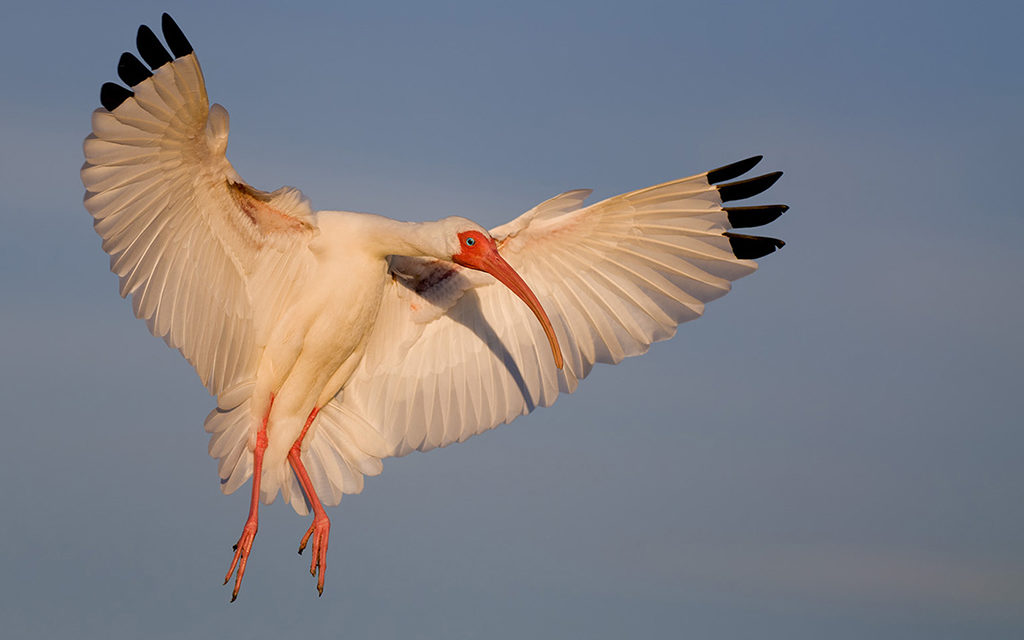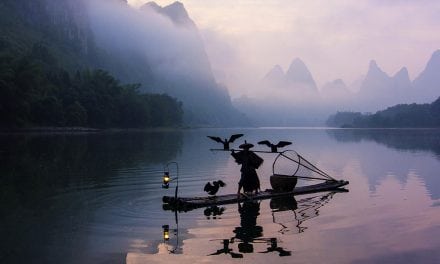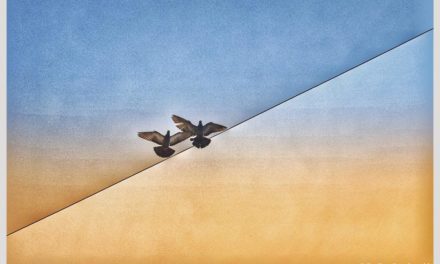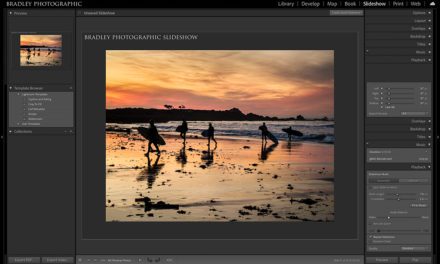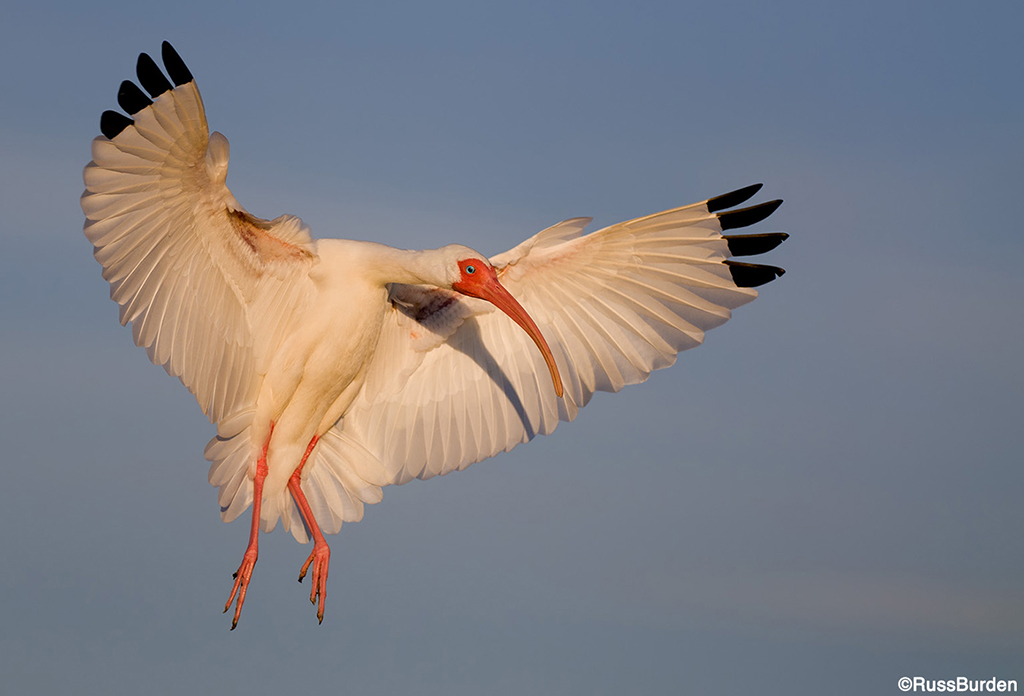
Over the multiple decades I’ve led photo safaris to Tanzania and all over the United States, I’ve observed a multitude of commonalities. I’ve been witness to common barriers that prevent participants from creating the best possible images. They range in scope from making photos of anything and everything just because it’s new to overlooking what’s the best aperture/shutter speed combo to create the finest possible image. As soon as I notice an issue arise, I point it out to make sure the barrier gets broken. To prevent you from encountering the problem before you enter the field, I share the following.
The most basic problem I see is participants don’t get into a photographic state of mind before each session. The importance of being prepared mentally shouldn’t be overlooked. It’s actually a psychological issue that applies to anything and everything, but it behooves you to adopt it and make it an essential aspect of your photographic repertoire. I offer the following analogies: You’re diagnosed with an ailment and you come to find surgery is essential. Do you want the surgeon to saunter in and haphazardly perform the procedure? Of course not! Your favorite team makes it to the Super Bowl. Do you want any of the key players to take the field lamenting the fact they had to wake up before sunrise and were deprived of their three-course breakfast? Of course not! Mental preparedness is key. As a photographer who wants to make better images, you should get prepared before the shutter is pressed.
I encourage you all to create and memorize a mental checklist of photographic techniques and important concepts. At the top of the list, place the aspects you forget the most. As you evolve, know the list will be fluid. The shortcomings that once lived at the top will become wrote. As you progress, new and/or different ones will arise. Just be sure this “list” stays with you and you’re aware of it each time you head into the field. Before you press the shutter to make any image, run through all its items. When I learned how to play darts and joined a league, the guys on the team would share pointers and I’d take them to heart. When it was my turn to step up to the line, before each of my three throws, I’d check my stance, arm position, height of my hand, etc. Before long, I made the team because I took it seriously. I was mentally prepared.
Cheetah Portrait
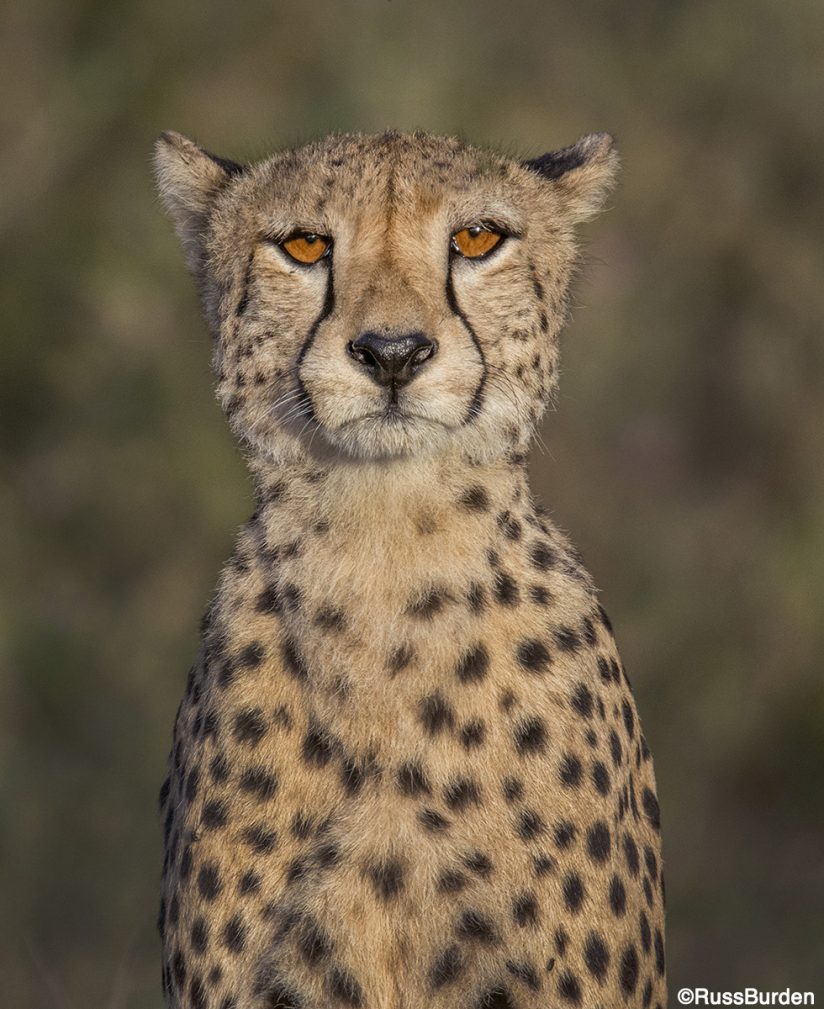
Before I pressed the shutter, I told myself to wait for a catchlight to appear in both eyes. Cheetahs have a thick brow and the eyes don’t always reflect the sun. I ran through my mental checklist and told myself to wait for both to glow. I also told myself to check my aperture to make sure the background wasn’t in focus. I wanted the cheetah to pop off the page with zero background distractions. The aperture I chose revealed a sharp cheetah with the background out of focus.
Oregon Coast Dusk
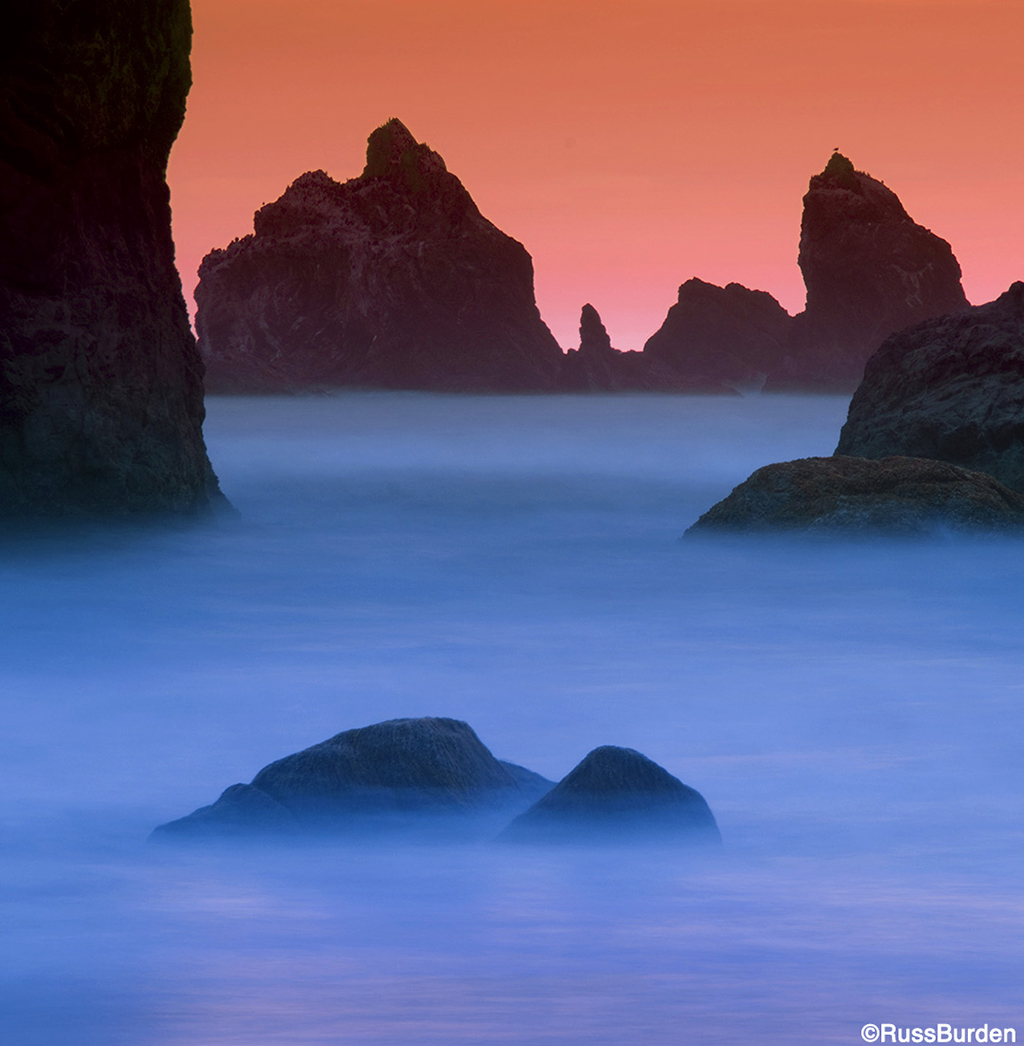
Before I pressed the shutter, I told myself to create something that actually didn’t exist. I came up with the idea of fog. I reflected back to a technique I used in the past using very long exposures on water that’s in constant motion so it appears to replicate ground fog. I attached a Variable ND filter and adjusted its intensity to provide a 25 second exposure. In post processing, I added a graduated warm ND filter over the sky. Because the sea stacks are black, the color didn’t impact them.
Ibis in Flight (top of page)
Before I pressed the shutter, I told myself to leave enough room for implied movement of the ibis. If the action is headed to the right, leave more room on that side of the image and visa versa if the subject moves in the opposite direction. The same holds true regarding the direction in which the subject looks or faces. For instance, if a person looks either to the left or right, more room needs to be placed in those directions to establish a feeling of “comfort.” To go even further, if a tall tree is photographed vertically but cropped too close to the top, there’s discomfort. The tree has no room to “grow.” In general, if the subject moves, looks, grows, dangles, hangs or anything else where movement is implied, leave extra room.
Young Giraffe
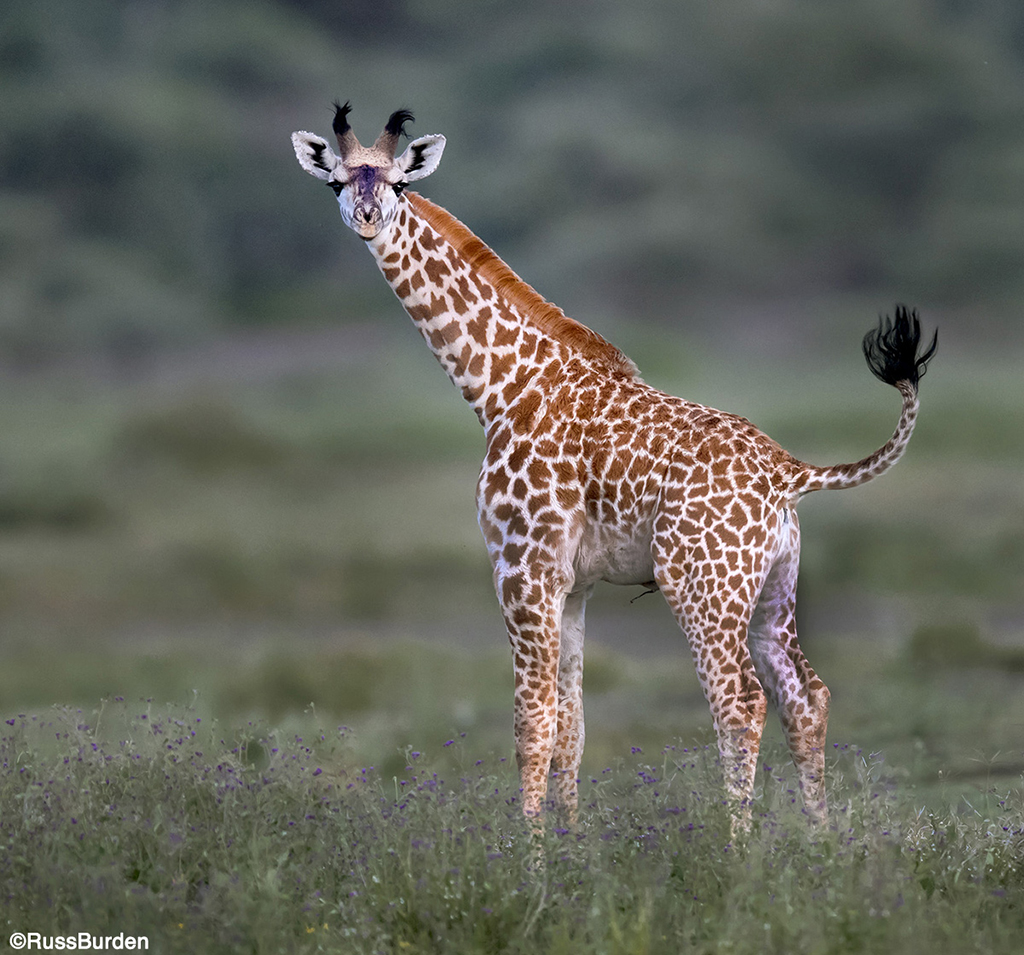
Before I pressed the shutter, I told myself to check the entire viewfinder. Adding this item to your checklist will quickly bring your photography to the next level. Think about how many times you’ve looked at an image and not remembered seeing the distraction that appeared on the top, bottom, side or background. I was also patient and waited until it looked in my direction. The simultaneous waving of his tail was total serendipity. Look closely—a part of the dried umbilical cord is still attached to its belly!
Drinking Flamingo
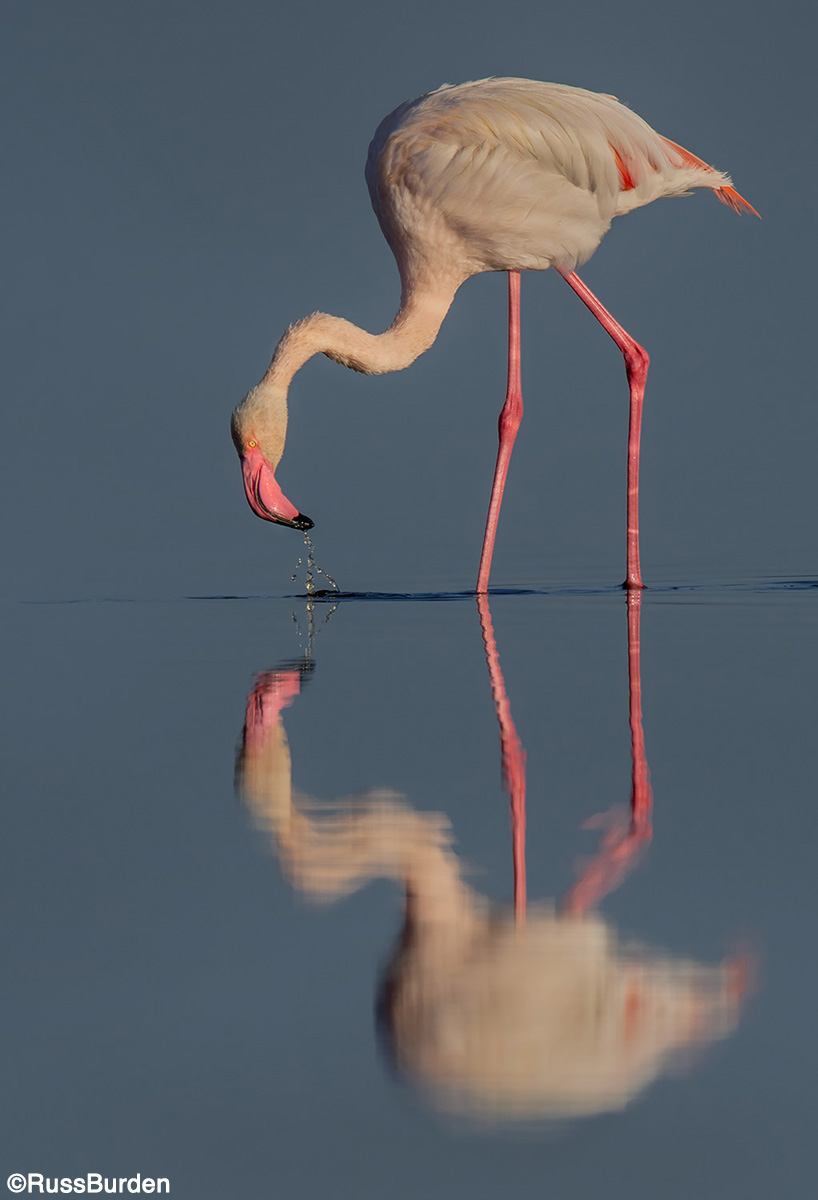
Before I pressed the shutter, I told myself to be selective given the conditions. It was a beautiful morning and I already made a number of straight shots, both with and without the reflection. Out of the corner of my eye, this particular flamingo began drinking. I saw water drip from its beak, but I wasn’t fast enough to get my lens on it. He repeated the action a few more times and I noticed a pattern of when the most water dripped. Study each and every situation you encounter and treat each as if it would always be your last.
Mammatus Clouds Over The Mountains
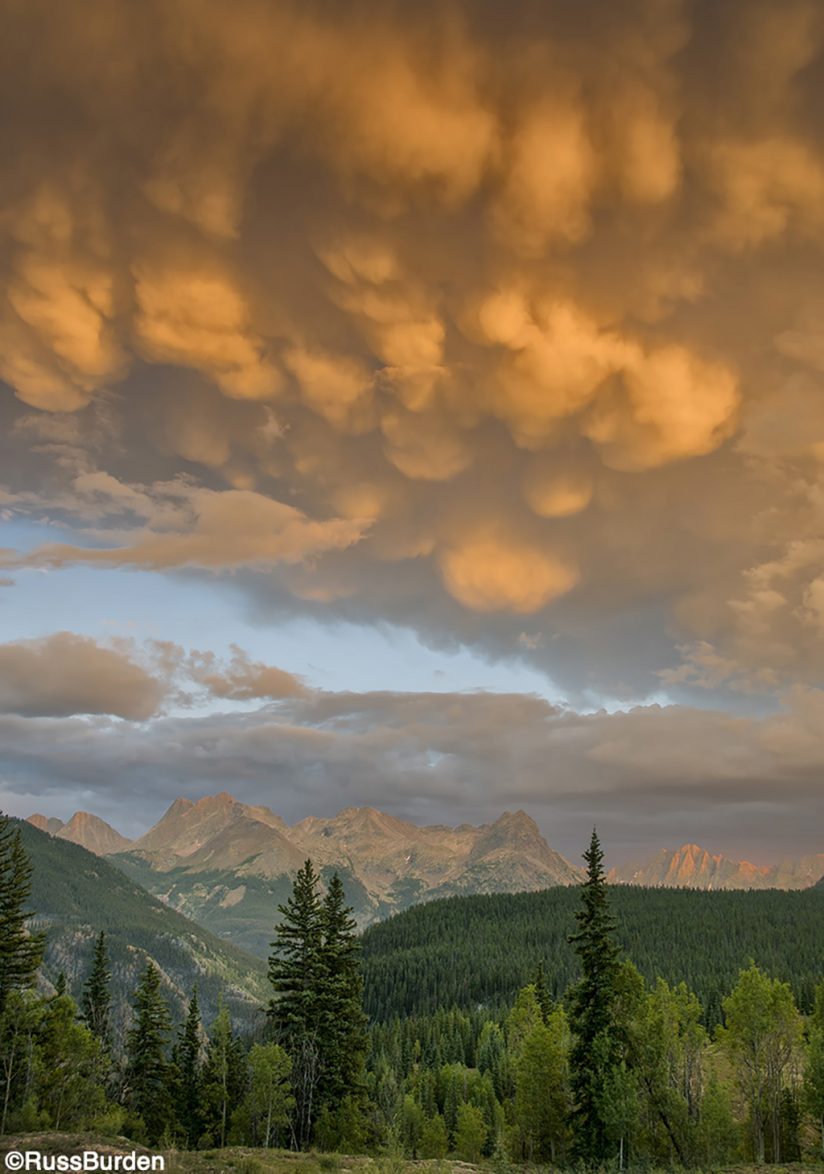
Before I pressed the shutter, I told myself to wait for the right light. It constantly changed as clouds in front of the sun kept directing the illumination on various parts of the composition. For me, the mammatus clouds at the top of the photo are the true subject. Finally, the sun lit them up and the rest of the image went into shadow. It lasted just a few seconds, but it was worth the investment in time. Always ask yourself if the light is straight forward or tricky. If it’s tricky, remind yourself to check for blinkies and always check the histogram. Because the bottom two-fifths wasn’t lit, the camera thought the correct exposure should be brighter. When I looked at the histogram, there was a spike on the right edge and lots of blinkies on the clouds. I immediately dialed in a minus 1/2 and minus 1-stop exposure compensation and made each. The minus 1 provided the best. The blinkies screen in addition to the histogram are a photographer’s best friend. Make both your best buddies!
There are many other questions you can ask yourself before pressing the shutter. It’s all based on your independent mental checklist guided by what you need to remember. Again, let it be fluid and constantly in flux. You’ll thank yourself each time you apply one of the items. Let them all serve as your foundation to create amazing images.
To learn more about this subject, join me on a photo safari to Tanzania. Visit www.russburdenphotography.com to get more information.
The post Mental Preparedness appeared first on Outdoor Photographer.

